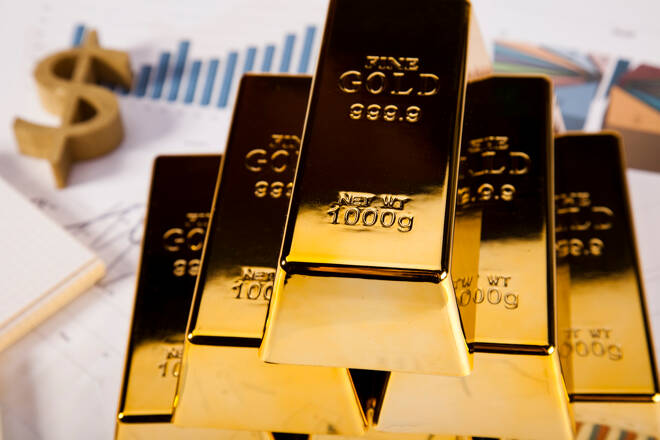Advertisement
Advertisement
What Does A Fed-Induced Recession Mean For Commodity Prices?
By:
No one now doubts that inflation is a problem and the Federal Reserve, along with many other central banks across the world are fighting a losing battle against rising inflationary pressures.
Commodity Markets Fundamental Analysis
Data released this month, showed U.S Inflation is now running at new four-decade high of 8.5% from a year ago – the largest annual increase since 1981.
After spending the whole of 2021, pushing the narrative that surging inflation was only transitory and nothing to worry about – belatedly now, the Fed has decided to swing into action. At its policy meeting in March, Fed officials announced that they would raise interest rates ‘aggressively’ this year, setting the economy up for one of its steepest tightening cycles in a quarter of a century.
Concerns the Fed will struggle to moderate inflation while simultaneously sustaining an economic expansion have been stoked by the central bank’s spotty record in successfully engineering a slowdown without causing unintended economic damage.
Historically, 11 of the 14 last Fed tightening cycles since World War II have been followed by a recession within the next 12 months.
Will the Fed get it right this time?
Only time will tell, however one thing we do know for certain is that the U.S dollar and Equity markets tends to lose altitude once the Fed begins its tightening cycle. This inversely presents huge bullish tailwinds for the entire commodities sector ranging from the metals, energies to agriculture markets – as they are viewed as one of the most reliable hedges against risk, inflation and economic shock.
According to Goldman Sachs, “they have never seen the commodities markets this bullish before”.
Commodity Prices Forecast for 22.04.22
Where are prices heading next? Watch The Commodity Report now, for my latest price forecasts and predictions:
For a look at all of today’s economic events, check out our economic calendar.
About the Author
Phil Carrcontributor
Phil Carr is co-founder and the Head of Trading at The Gold & Silver Club, an international Commodities Trading, Research and Data-Intelligence firm.
Did you find this article useful?
Latest news and analysis
Advertisement
